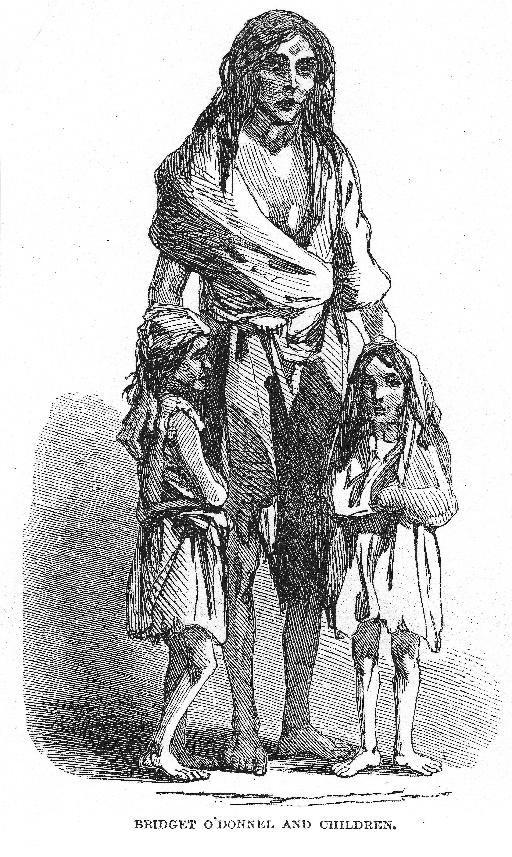Episodes

Episode 1: "Two Invasions
Before the potato blight invaded Ireland in 1845, the potato itself arrived in the late seventeenth century. It acted in effect as an invasive species, upending the historic equilibrium of Ireland’s social and agricultural environments and replacing them with a monoculture.
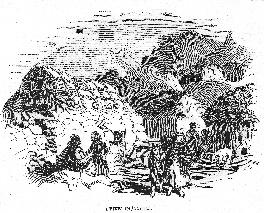
Episode 2. “People, Land and Potatoes:”
This episode explains how the potato became the keystone linking demographic pressures with landownership and land use to create a unique potato economy based on a monoculture that rendered one-third of Ireland’s population dangerously dependent upon a single crop.

Episode 3: “Between the Inevitable and the Accidental:”
Was the Irish Famine a kind of freak accident or was it the inevitable result of Ireland’s fraught history? Or was it something in between? With references to the good ship Titanic this podcast shows how the structure of the potato economy left Ireland uniquely vulnerable to the blight. The episode concludes with the initial appearance of the blight in Ireland in 1845.
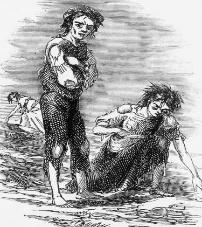
Episode 4: “A Season of Starvation: Black ’46-47.”
The almost total destruction of the potato harvest of 1846 left three million people facing immediate starvation. Some press reports describing the horrors of famine clashed with British assumption that the lazy Irish were simply looking for a handout. Meanwhile, the British government, totally unprepared for the crisis, scrambled for a response.
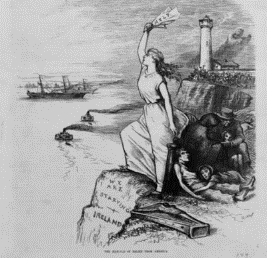
Episode 5: “Black ’46-47—Part Two:”
While “Black ’47,” (1847) is generally regarded as the worst calendar year of the Famine, the winter of 1846-1847 was a uniquely terrible period. Having established and then abandoned an expensive and cumbersome public works scheme to employ the poor, the British government found itself directly feeding over three million people daily during the summer of 1847. Then, by fall, the Famine entered a second phase when the British government decided to end direct aid and place the entire process of relief upon the Irish Poor Law system which was financed primarily by Irish taxpayers. This episode also investigates the failure of the British government to end grain exports out of Ireland during the Famine.
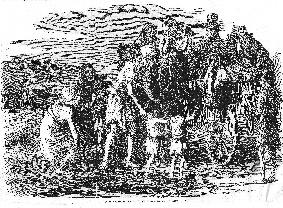
Episode 6: “From Sweet Charity to Donor Fatigue:”
The early part of 1847 saw a generous outpouring of charity from with Britain, soon to be augmented by donations from all over the world, especially from America. This episode explores how Ireland became the subject of the first international response to disaster, and then how and why generosity turned to donor fatigue by the fall.
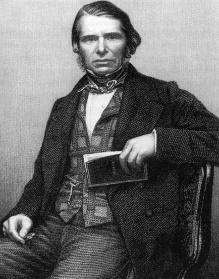
Episode 7: “A Curate’s Egg: The Harvest of 1847:”
The potato crop of 1847 seemed relatively healthy, but so few potatoes had been planted that the privation continued. Thousands continues to crowd onto relief rolls, Poor Law taxes continued to rise, and, as rents dry up, landlords looked for means to save themselves. Meanwhile, Charles Trevelyan, the civil servant in charge of Famine relief, wrote a book proclaiming the end of a disaster which, he claimed, had presented the Kingdom with a “great opportunity” to restructure Irish agriculture.
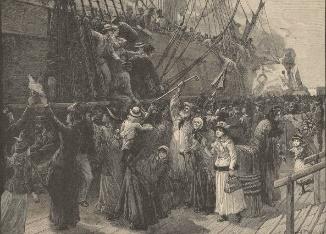
Episode 8: “Thousands are Sailing:”
Fleeing hunger, thousands of refugees fled from the Irish countryside into the towns. Many arrived at ports where they boarded ships to Britain and North America. Some landlords were anxious to send their poorest tenants abroad rather than pay for their upkeep in the workhouses. However, the vast majority of emigrants had to finance their escape as best they could, some ending up on the infamous “coffin ships,” that sailed from Irish ports on the return leg of the of the British-Canadian timber trade.
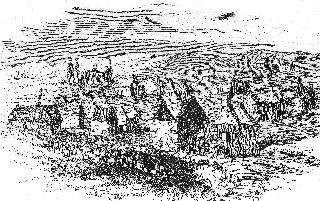
Episode 9: “Return of the Blight—1848-1849:”
With a modest expansion of potato acreage, the blight returned, especially in the West where it remained until 1852. In the meantime, a rising tide of evictions added thousands more to the flood of emigration. These clearances encouraged the government’s hopes for restructuring Irish agriculture along English lines. With bankrupt estates appearing on the market, Queen Victoria was sent to Ireland in the hopes that a Royal visit would encourage new investors to take up Irish land.
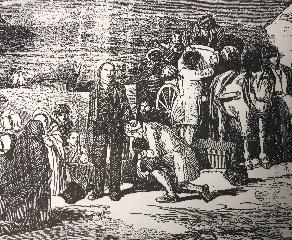
Episode 10: “Death, Taxes and Religion:”
The Famine exacerbated sectarian tensions in Ireland. It provided a tempting proselytizing opportunity to those Evangelicals intent on converting the Irish Catholic masses to Protestantism. At the same time Protestants in Ulster, where the Famine subsided early, became resentful at having to support the poor in the harder hit and largely Catholic South and West of Ireland. This encouraged the myth that God had “spared” Protestant Ulster and that the Famine had been a largely Catholic problem.
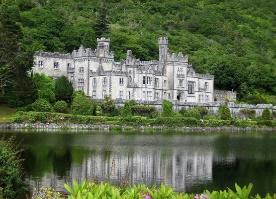
Episode 11: “Imperial Dreams, Irish Realities:”
As the crisis began to ease, many in Britain believed that Scottish and English farmers and investors would take up vacated land and establish modern, prosperous farms in Irish soil. Settlers would even drain the bogs and make the West of Ireland bloom. This episode investigates how realities in Ireland dealt with these imperial dreams.
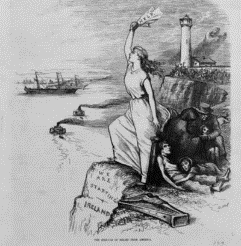
Episode 12: “In the Wake of the Famine:”
The impacts of the Famine extended far beyond the crisis years and had profound effects that carried on into the twentieth century. This podcast considers changes in Irish demographics, agriculture, family structure, emigration, religion and the Gaelic language.
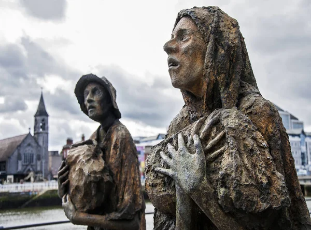
Episode 13: “Parsing the Irish Famine:”
In this last episode we try to figure out what it all means. Was the Famine an act of nature; an act of genocide; or something more familiar—the inability of a government mired in ideology and racial and class prejudice to deal adequately with an unprecedented crisis?
